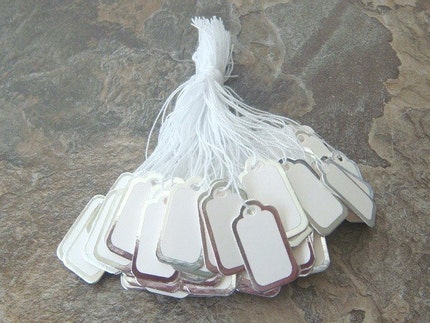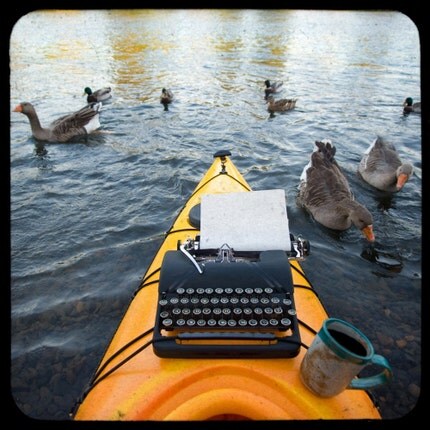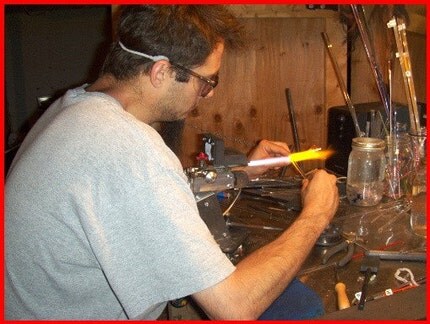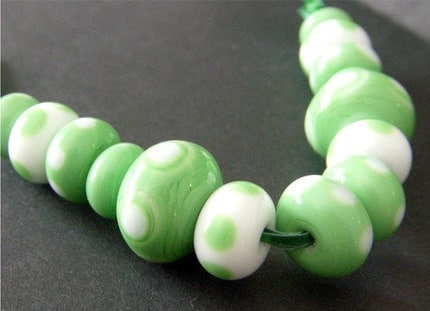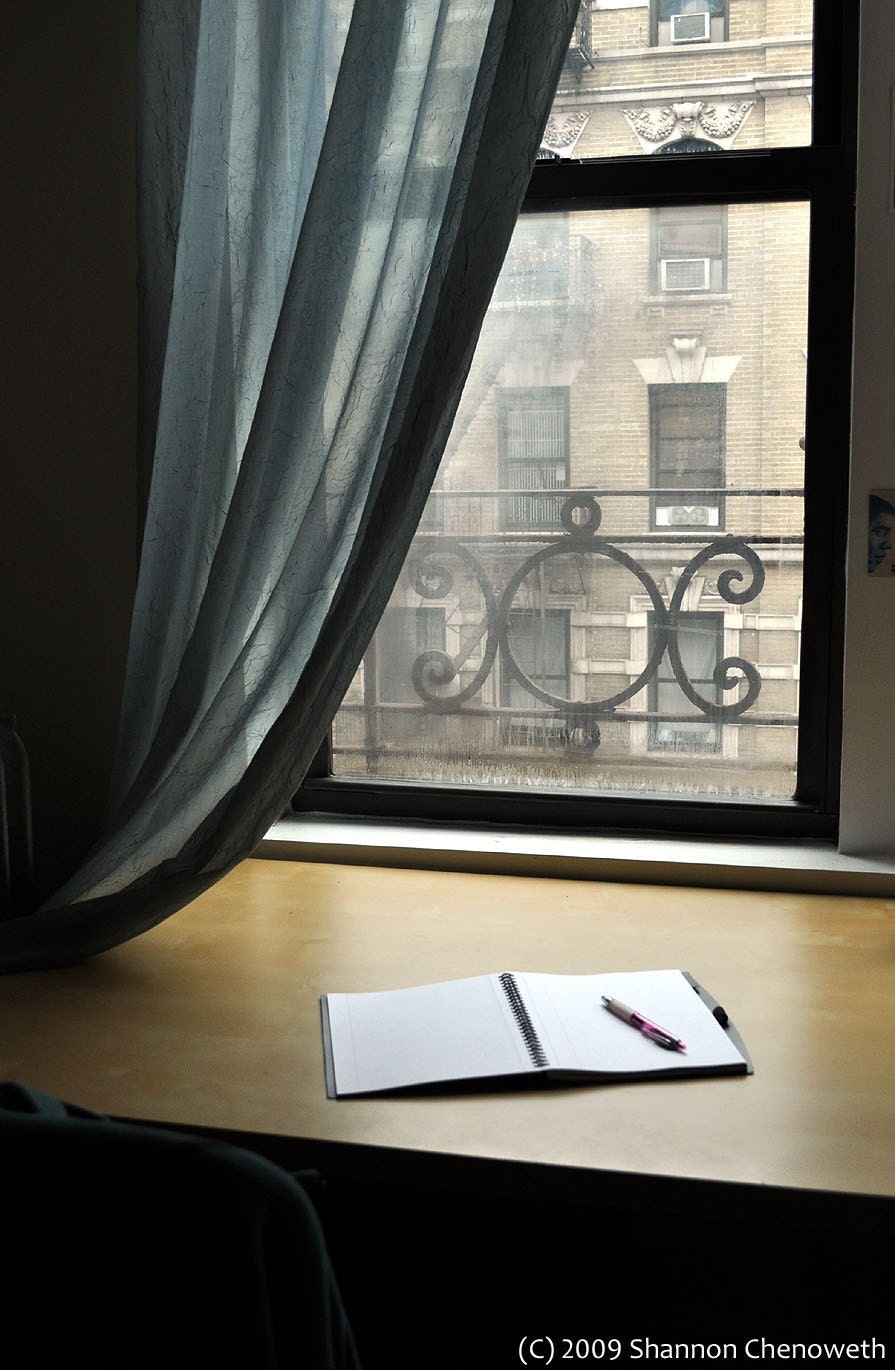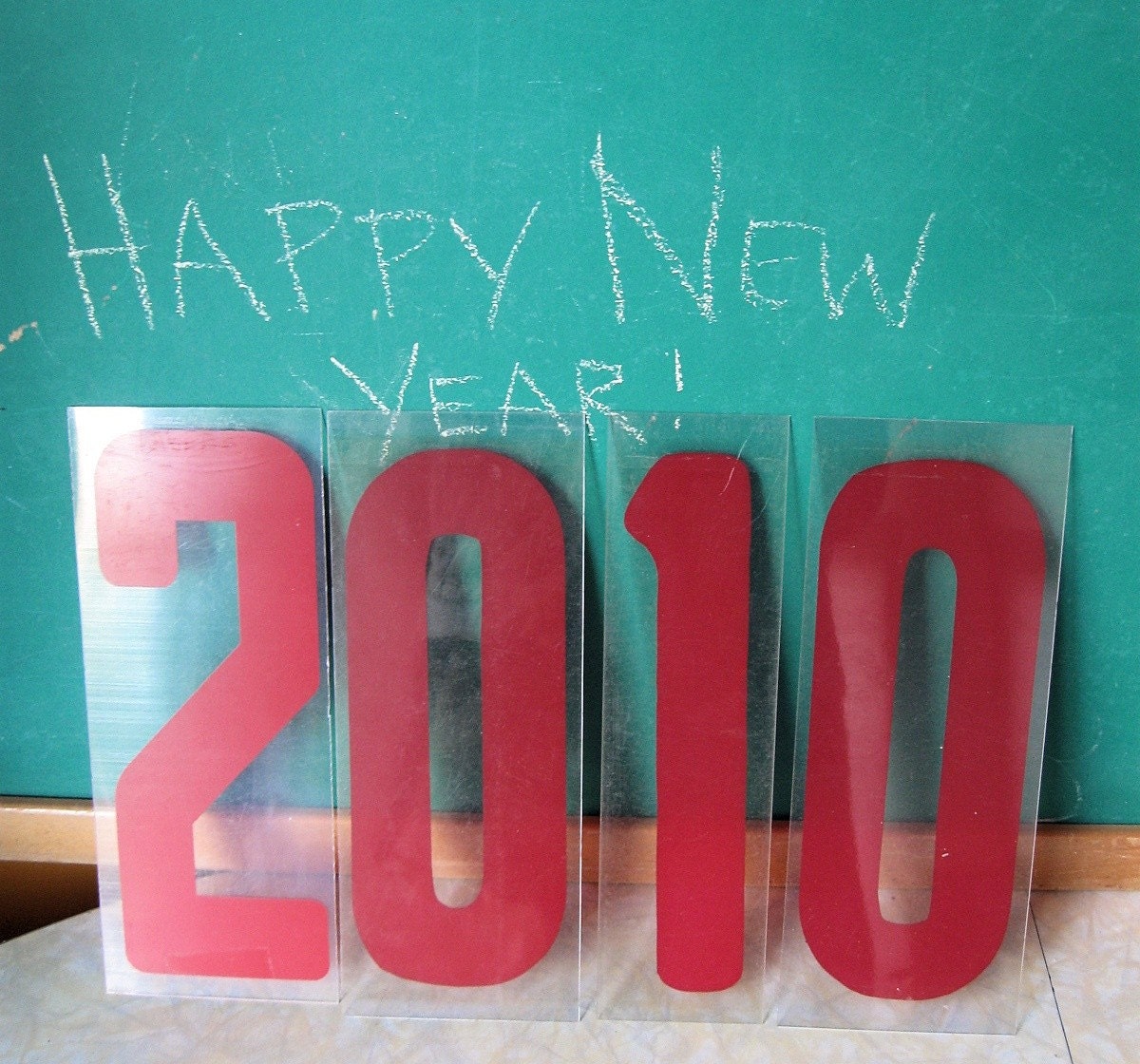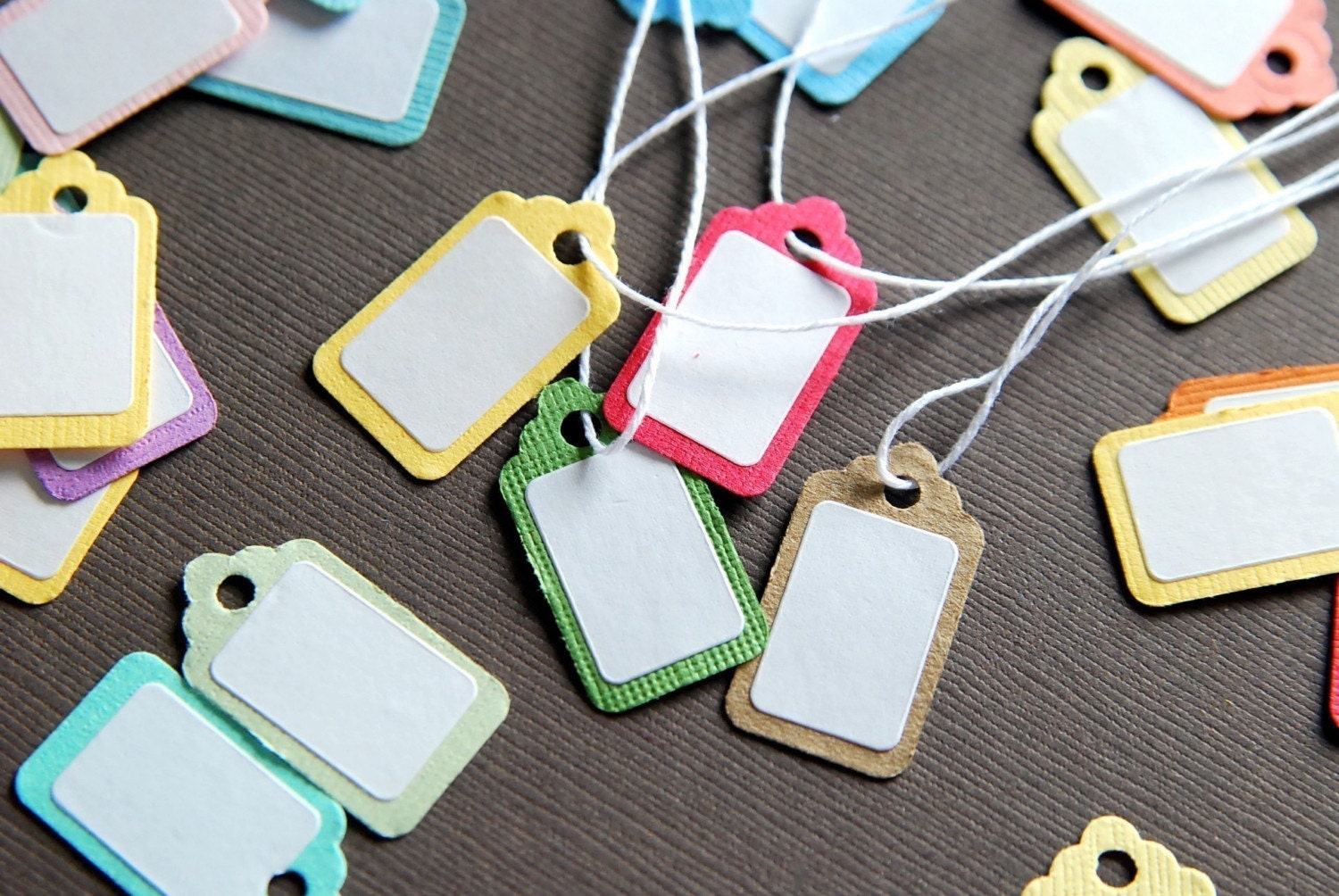
It's been a hot topic on Etsy recently (well, I mean, I guess its almost always hot topic huh?) but pricing can be a very difficult thing to tackle. This post is filled with the things that I find most important about pricing and I think everyone, especially every Etsy seller, should know.
First, you can't do everything. And when I say everything, I really mean: your product cannot be quickly made, cheap and of the highest quality. You can do maybe two of those three things, but not all three and you shouldn't try. This will reflect in your pricing.
If you have a quickly-made product that is cheap, it won't be the most high quality piece. If you make a very high quality piece that was made rather quickly, it won't be cheap. If you make a cheap, high quality item, it won't be quickly made. You see what I mean?
Make sure your decision on which two features to focus on (whether you make it consciously, or your craft makes it for you) reflects in your pricing structure.
There are so many different ways to price items, and you really do have to find one that works the best for you. I've heard some people settle for a simple calculation of "Three times the price of the materials" I've heard some people research the price of other similar items, I know some people have very lengthy equations that they use, or they download a pricing template. The equation I find that works best for me is as follows:
Hours Spent on Piece x Hourly Wage = Labor
Cost of Materials + Labor = At Cost
At Cost x 2 = Wholesale
Wholesale x 2 = Retail
If you decide to use this method, I can send you an excel spreadsheet that I made that makes this easy for me, you enter in your hourly wage that you will charge (make sure its fair, come on, do you really want to be making less than minimum wage?), you enter in the cost of materials and how many hours you took to make it, then it calculates everything else out for you. Trust me, it can be a bit scary or at least eye-opening at first to see how much you really *should* be making, but you have to know what your work is worth. If you don't believe in it, no one else will.

